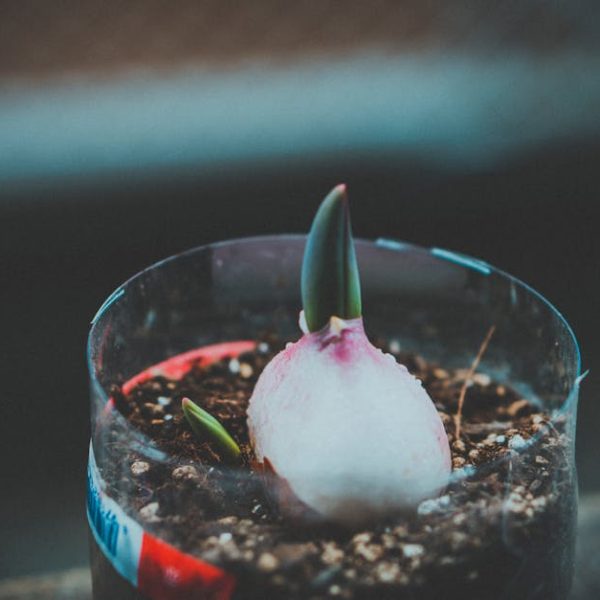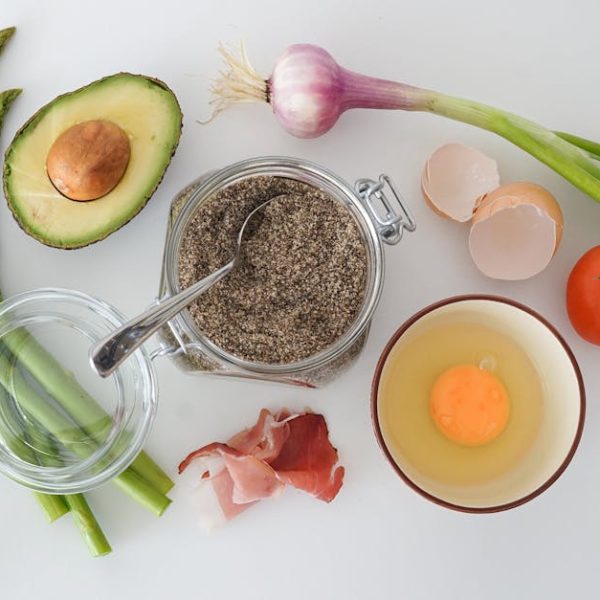Who wants to waste excellent asparagus? Nobody, that’s who! Whether you’re snagging those tasty shoots fresh from the farmer’s market or enjoying the harvest from your garden, preserving the crunchy freshness of asparagus is crucial. Thankfully, with a bit of knowledge and some helpful tips, you can enjoy your asparagus fresh for longer than you might think. Here are seven amazing tips to help extend the freshness of your asparagus.
Understanding the Natural Shelf Life of Asparagus
Asparagus, like all vegetables, begins to decay little by little from the moment it’s harvested. Under optimal conditions, freshly harvested asparagus can typically maintain its delicious crispness and vibrant color for about a week. However, its precise shelf-life depends on several factors including weather at the time of harvest, the methods used during harvesting, and the conditions in which it’s stored after picking.
Here’s how these factors play out:
- Weather: High temperatures accelerate the degradation of asparagus. Ideally, the vegetable should be harvested during cooler hours of the day.
- Harvesting methods: Careful handling during harvesting can prevent damage to the asparagus, which often leads to faster spoilage.
- Storage: The way you store your asparagus post-harvest plays a significant role in its shelf-life.
Hence, it’s critical to keep an eye out for signs that your asparagus is past its prime. These signs may include a darkened color, loss of firmness, or the development of mold – particularly at the tips.
Correct Storage is Key to Fresh Asparagus
The key to maintaining the freshness of your asparagus lies in how you store it. Cool, moderately moist conditions are ideal. Store it in the refrigerator, but never in the freezer, unless you have first prepared it properly (more on that later!).
How does this work in real life?
- Wrap the ends of your asparagus in a moist paper towel. This step ensures that the plant continues to receive hydration, much like cut flowers in a vase of water.
- Next, place the asparagus in a plastic bag and put it in your refrigerator.
It’s that easy! These two simple steps can significantly improve the staying power of your asparagus, keeping it fresh, crispy, and vibrant longer.
The Ice Water Shock Method for Asparagus Freshness
Did you know that giving your asparagus a plunge in ice-cold water can rejuvenate it and extend its freshness? This process is quite literally a shock to the system of the asparagus, reviving its cells and refreshing its appearance.
Here’s a brief rundown of the science behind it:
The cellular structure of a plant can deteriorate and peter out over time, which leads to wilting. However, shocking these cells with cold water refills the plant’s cells with water, reviving its rigidity and freshness.
Conducting an ice-water shock is a cinch. Simply immerse your wilting asparagus in a bowl filled with ice and water, leave it there for about five minutes, then drain and pat dry. You should notice a significant revival in its overall perkiness while extending its fridge life.
We will continue discussing other tips in successive sections. So, stay tuned!
Preserving Asparagus Freshness by Blanching and Freezing
Enter blanching and freezing – the ultimate dynamic duo. Blanching, that is, briefly immersing the asparagus in boiling water then rapidly cooling it, not only helps in maintaining its freshness but also its nutritional content.
On the other hand, freezing, when done right after blanching, can significantly extend the shelf-life of your asparagus. The secret, here, is that freezing halts the enzyme activities that cause the vegetable to ripe or decay.
Follow these simple steps to ensure correctly blanched and frozen asparagus:
- Rinse the asparagus and cut off the woody ends.
- Drop the asparagus in a pot of boiling water for 2-4 minutes.
- Quickly transfer the asparagus to a bowl filled with ice water to halt the cooking process.
- Pat dry and freeze them flat on a covered tray.
- Once completely frozen, move them into a freezer-safe bag or container.
See? It’s as easy as pie!
Asparagus and Vacuum Sealing: A Freshness-Extending Duo
If new-age techniques catch your eye, you might want to invest in a vacuum sealer. Vacuum sealing extends the shelf-life of your asparagus by removing all the air around it, thus slowing down the oxidation process.
In simpler words, vacuum sealing denies bacteria and other spoilage microorganisms, which thrive in the presence of oxygen, a chance to multiply and ruin your asparagus, keeping it fresh for longer.
However, like all methods, this too comes with its pros and cons.
Pros:
- Prolongs shelf-life
- Preserves flavor
- Saves refrigerator or freezer space
Cons:
- Requires an investment in a vacuum sealer machine
- Doesn't protect against certain types of bacteria
Extend Asparagus Freshness with Pickling
When life gives you too much asparagus, make pickles! Pickling asparagus is not only a great way to extend its shelf-life but also an exciting way to play around with flavors. The added bonus? The vinegar used in the pickling process enhances the nutritional content of the asparagus by breaking down the cellular walls, making the nutrients more easily accessible to your body.
Ready to create your own pickled asparagus? Follow these steps:
- Rinse your asparagus and snip off the woody ends.
- Bring a mixture of vinegar, water, salt, and spices to a boil.
- Pack the asparagus tightly into a sterilized jar, and pour the boiling vinegar mixture over it.
- Seal the jar and allow it to cool before refrigerating.
Utilizing Canning Methods to Keep Asparagus Fresh
Canning, a time-tested technique, works by locking in the freshness and nutritional content of asparagus, keeping it good for anywhere from one to five years. During the canning process, the jars and their content are heated to kill any microbes present, thus preventing the asparagus from spoiling.
Here’s a quick ‘Pro-tip’ guide to canning asparagus at home:
- Rinse and trim your asparagus.
- Blanch for 2-4 minutes and shock in cold water.
- Pack the asparagus into sterilized canning jars.
- Cover the asparagus with boiling water, leaving half an inch of headspace.
- Seal the jars and process them in a pressure canner for the time recommended by your canner’s instructions.
Whoever said you can’t enjoy asparagus year-round probably hadn’t read these tips. Try these methods out and see which one works best for you. So go ahead, don’t be afraid to stock up on asparagus the next time you see them – with these tips, they’ll stay fresh for long!
Key Takeaway:
- The natural shelf-life of asparagus is typically a week but can be influenced by weather, harvest methods, and storage conditions.
- Correct storage in a cool, moist environment, like in a refrigerator with the ends wrapped in a moist paper towel, can prolong freshness.
- The ice water shock method can revive wilting asparagus by rehydrating its cells.
- Blanching and freezing help retain asparagus’s freshness and nutritional content and extend shelf life.
- Vacuum sealing slows the oxidation process, keeping the asparagus fresh for longer.
- Pickling and canning preserve and extend the shelf life of asparagus while enhancing its flavors and nutritional content.
Enjoy fresh, crispy, and vibrant asparagus longer than you might think with these incredible tips. Whether you prefer pickling, vacuum sealing, or the classic fridge storage, there’s a method that’ll fit your needs and help you savor this nutritious vegetable. Remember, it all comes down to proper handling and storage. So, make sure to follow these tips, and you’ll have fresh asparagus ready whenever you crave it.
FAQs
Q: Can I store fresh asparagus in the freezer without any preparation?
A: No, you should not store fresh asparagus directly in the freezer. It’s better to blanch and dry it properly before freezing.
Q: Does pickling asparagus change its nutritional content?
A: Yes, the vinegar used in pickling can actually enhance the nutritional content by making nutrients more easily accessible to your body.
Q: Is a vacuum sealer worth the investment for preserving asparagus?
A: A vacuum sealer can indeed prolong the shelf life of asparagus. However, the decision to invest should take into consideration your estimated use and budget.
Q: How long does canned asparagus last?
A: Properly canned asparagus can maintain its quality for one to five years.
Q: Does the ice water shock method work for other vegetables?
A: Yes, the ice water shock method works for many vegetables, not just asparagus.
We hope you found these tips helpful. Don’t forget to share this article with your friends who might be wondering how to maintain asparagus freshness. Explore more informative posts on our website.






